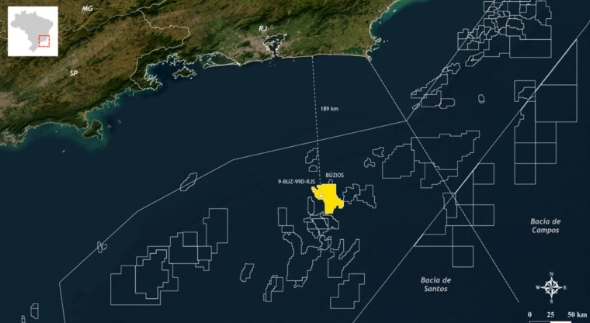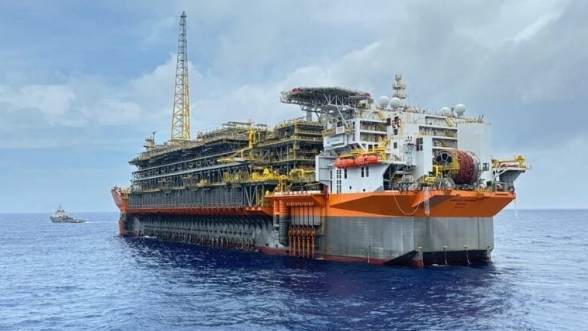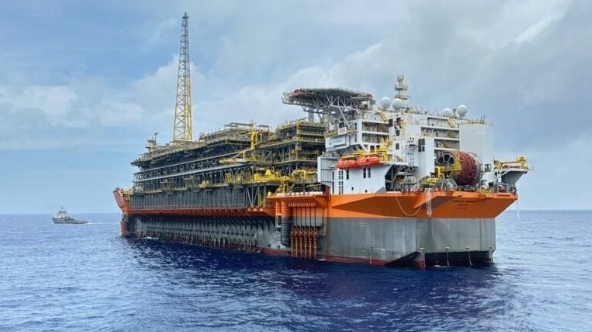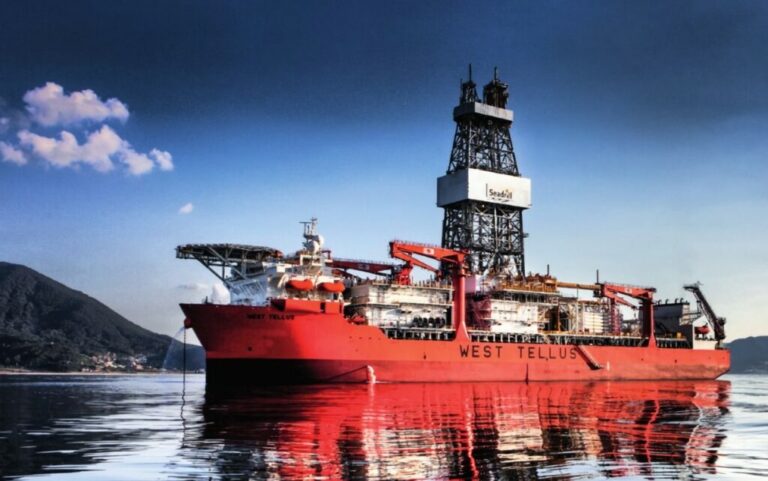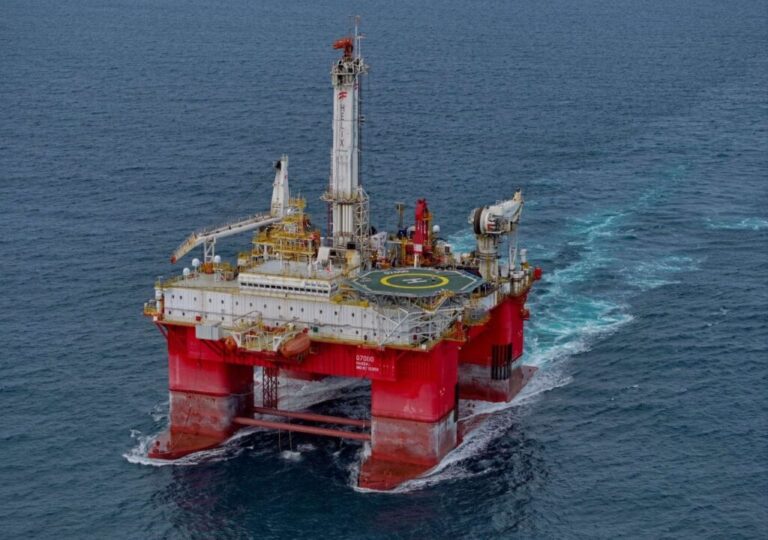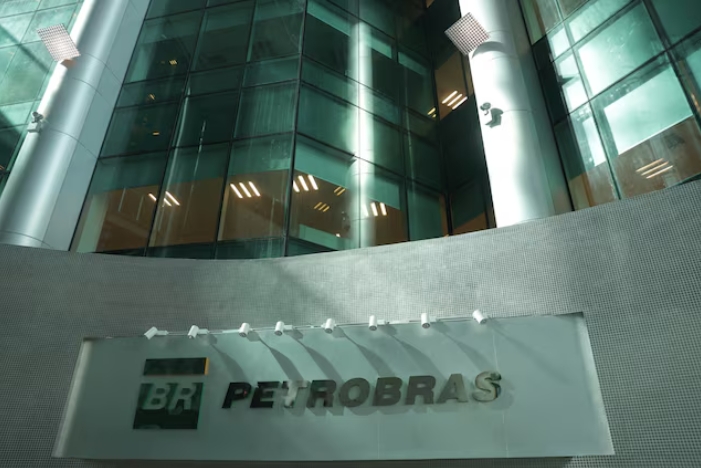
In a new study from Carbon Tracker, LNG gas emissions are estimated to consume from less than a quarter to almost two-thirds of the UK’s sixth carbon budget. With such emissions having been significantly underestimated in government policies could risk derailing the national net zero targets.
Carbon Tracker points to the uncertainty and underreporting of the upstream emissions from extraction, processing and transport, which the organisation has endeavoured to take into account in its analysis.
For example, independent studies have suggested that the carbon intensity of LNG from the USA, on which the UK and Europe have become increasingly reliant following the 2022 energy crisis, could be up to 150% higher than that reported by the UK’s North Sea Transition Authority (NSTA), the oil and gassector regulator.
Overall, upstream emissions are estimated to constitute more than half of the life cycle emissions for blue hydrogen and gas-CCS projects.
“Blue hydrogen and gas-CCS projects should not be considered low carbon unless, on top of achieving high carbon capture rates, they can guarantee to only utilise natural gas with low upstream emissions,” comments Carbon Tracker Associate Analyst and study author Lorenzo Sani.
“Green hydrogen, produced from renewable electricity, remains the only truly low emission pathway.”
Increasing gas demand
The premise of the study Kind of Blue is that blue hydrogen and gas-CCS projects will increase gas demand.
If all such projects proposed by the UK’s net zero strategy are built, by 2035 they could generate demand double the projected domestic gas production.
This, in addition to the inevitable decline of North Sea production and the ongoing expansion of LNG import capacity, will lead to an increase in the LNG imports that are associated with high carbon emissions, especially if sourced from the USA.
The study notes that while high upstream emissions could more than triple the carbon intensity of blue hydrogen, exceeding UK and EU low-carbon fuel standards, even with the best technology, blue hydrogen from imported LNG could emit up to 2.5 times more than the UK’s low carbon hydrogen standard.
Similarly, the reported climate benefits of gas-CCS compared to unabated power plants often ignore or underestimate upstream emissions with actual emissions reductions potentially 30% to 60% lower than claimed.
Teesside project examples
The report points to the issue being particularly pressing for projects likely to run on imported LNG, such as those in Teesside, where a new LNG terminal is proposed.
For example, bp’s H2Teesside project could emit two to three times more CO2 than reported in its environmental assessment if it relies on imported LNG.
Similarly, Net Zero Teesside (NZT) Power, a gas-CCS project developed by a joint venture between bp and Equinor, could see its lifetime emissions increase by 1.7 to 2.6 times if it runs on imported LNG, achieving emission reductions 50% lower than reported.
The report concludes with a set of policy recommendations including adopting strong monitoring and reporting standards for imported fossil fuels and updating the project approval regime and the energy transition strategy to properly reflect the risks of future high emission gas imports and to reduce reliance on blue hydrogen and gas-CCS, in favor of more renewables, green hydrogen and energy storage.
In a statement on the report, Carbon Tracker also cites consultant Dr Andrew Boswell, who is taking the UK government to the High Court in July over the assessment of upstream emissions in recent planning approval of gas-CCS the projects in Teesside, calling for “an urgent review of CCUS and hydrogen policy”.
